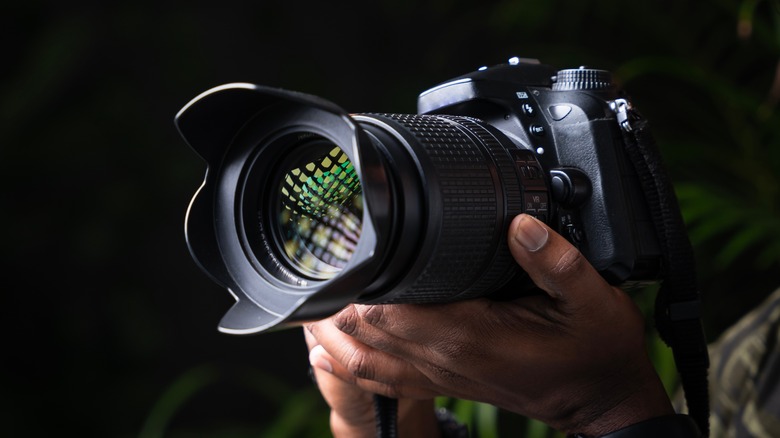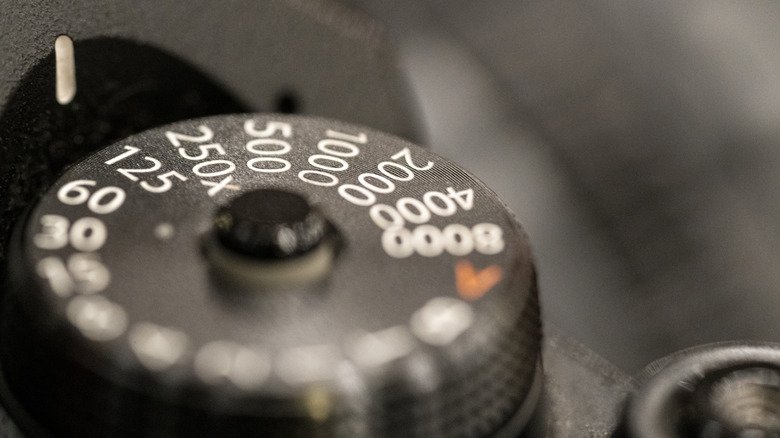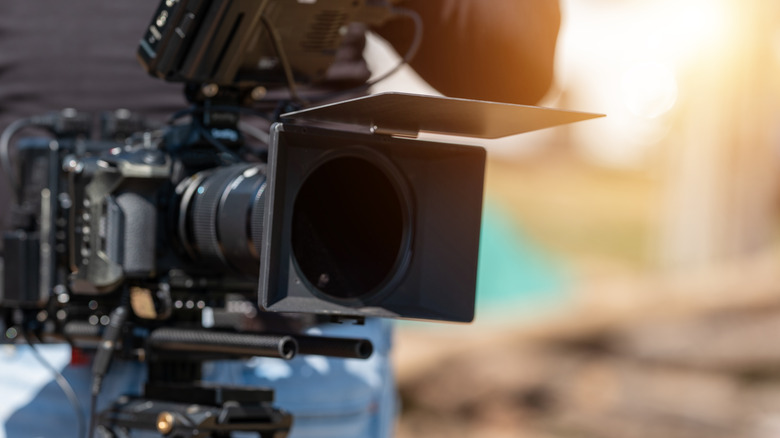Why Do LED Lights Flicker On Camera? The Photography Phenomenon Explained
Let's say you have gone on a vacation halfway around the world and have shot tons of video to commemorate that trip. You return home and notice that many of the videos shot indoors with LED lights feature a persistent flicker to the image. Maybe you haven't gone abroad and just decided to shoot some slow motion footage of something in a local building, but that same flicker still remains.
It may surprise you to learn that the flicker you see has nothing to do with the actual LED bulb itself. The reason the flicker occurs has to do with the electrical current that gives the bulbs power. In most places in the world, light bulbs are powered by what is called alternating current, or AC. Although a light bulb looks to be continuously on to the human eye, this is not the case. AC power essentially turns a lightbulb on and off very rapidly per second.
In the United States, light bulbs operate at 60 Hz. In most of the rest of the world, they operate at 50 Hz. The human eye can't tell the difference, but a camera can. Because of this discrepancy, camera companies have long programmed their devices with certain shutter angles and frame rates to accommodate the lighting of their respective markets. In the United States, you are usually shooting at 24 frames per second for movies or 30 frames per second for video, and in places like Europe, you usually shoot your videos at 25 frames per second. So when you bring your camera abroad, your frame rate may not match the wavelength of the lighting, causing you to see what should be imperceptible.
Can it be fixed?
There are a few ways to eliminate the flicker. The first has to do with the LED bulb itself. These bulbs need to be operating at full power, which is not often the case. That flicker really shows itself if the bulbs are dimmed. If you look at your footage with LED flickering, chances are it's going to be in low light situations.
The more practical fixes are with your camera, and luckily, these are fairly basic camera settings that you can adjust: frame rate or shutter angle. For 60 Hz lights, you need to think about the number 120, as that's how many peaks are in a second of the wavelength. Then, do a little math by dividing 120 by a whole number for frame rates like 24, 30, or 60 fps. So, if your camera's default is 25 frames per second, just switch it to 24 or 30, and that flicker will be gone. If you go to a place with 50 Hz lighting, the same thing applies, but you just need to have the starting point of 100 rather than 120, giving you frame rates like 25 and 50 fps.
If you want to maintain a particular frame rate that you are comfortable with, you can always change the shutter angle. However, this math is far more complicated. Luckily, there are tools such as Flicker Free Video tool from Red Camera that can give you that shutter angle. You just need to input your frame rate and your light's current to get it. Changing the frame rate is way easier, but it's not the only way.
What about high frame rate?
While those camera adjustments will be enough for most people, some want to shoot things with high frame rates to later turn them into slow motion videos. However, if you are going to shoot something at 150 or 200 frames per second, you are going to experience a ton of issues under LED lights. A shutter can only be open 360 degrees, and in a 60 Hz setting, that would account for 120 frames per second or a 1/120 shutter speed. You can still get okay slow motion with that, but you can push things further the higher the frame rate you go.
To combat this, you need to completely change the power source of your lights. Instead of an alternating current you get in your typical wall outlet, you need to get yourself a direct current — or DC — power source like a battery or generator. With this, there is a steady stream of light that never wavers, not unlike the light that emanates from the Sun. This will eliminate any kind of flicker, regardless of what frame rate you are shooting at. Filmmakers typically use these kinds of power sources for their lights so they are able to shoot however they want. While lower frame rates have other remedies, this is the only way to get proper high frame rate photography with LED lights.


